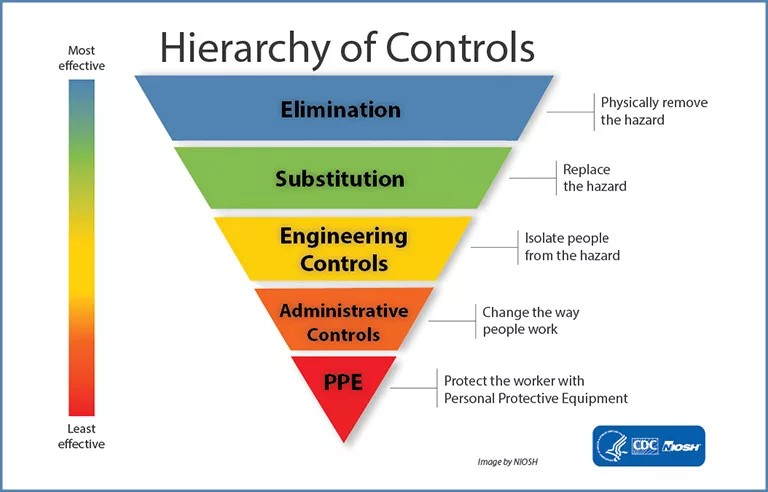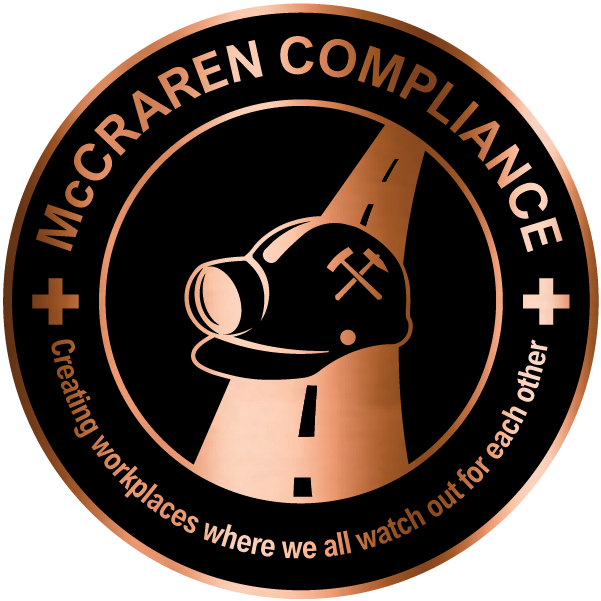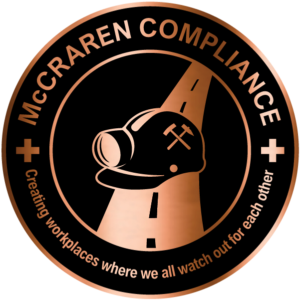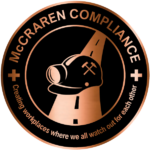How can safety pros quantify and compare risk exposure across multiple sites or departments using a standardized risk scoring methodology?

Photo: Origami Risk
Responding is Sean Salvas, senior market strategy lead – EHS, Origami Risk, Phoenix.
The development of a standardized risk scoring methodology that can be applied across operations, sites and departments can be valuable for comparing a wide range of exposures, as well as establishing priorities to allocate resources for prevention, mitigation and management.
Although such efforts may be initiated by safety professionals, they typically require multidisciplinary approaches to ensure the scoring methodology is transparent and consistent with respect to the various safety, hazard and operational exposures confronting the enterprise. For instance, consider the following representative risk issues and the collaboration required for accurate assessments of likelihood and impact for scoring purposes:
Job safety analyses. The creation of a JSA should involve the safety professional, human resources, and operations supervisors or leaders familiar with the performance of all the tasks associated with a job function in the context of the work environment.
Environmental risks. Although safety pros play a valuable role in assessing certain workplace-related environmental exposures, the scoring of these risks can’t take place in a vacuum. Among other disciplines, risk management, compliance, engineering, legal, security, crisis management and disaster planning/response workers all may be needed to accurately assess any potential environmental exposure.
Maintenance. Although equipment maintenance may not ordinarily be perceived as a safety risk, when recommended maintenance schedules aren’t followed or malfunctioning equipment isn’t taken out of service, safety hazards may arise for operators and other employees. So, although risk management and operations lead the assessment of potential costs of downtime from equipment outages or malfunctions, safety pros may be needed to evaluate potential risks of worker injuries.
Natural and human-made hazards. Although risk management typically takes the lead in assessing weather and climate-related hazards, as well as terrorism and industrial sabotage, safety pros play a major role in assessing potential impacts of events on workers and customers, along with crisis management, HR, security, legal, environmental and finance.
Supply chain. In the food industry, safety pros, risk managers and legal will need to collaborate to address the potential risk of ingredient contamination in shipments from suppliers. Similarly, in the automotive and other manufacturing sectors, both disciplines may need to collaborate with engineering, production and legal to assess risks of faulty parts or components received from suppliers and their possible impact on product integrity, performance and safety.
These examples illustrate the type of collaboration required to obtain accurate assessments of specific risks. By adopting a collaborative approach, safety pros and risk managers can create standardized scoring systems to evaluate risks and leverage the scores for integrated risk management to prioritize safety, risk mitigation, prevention, avoidance and related resource allocation.
Furthermore, although safety exposures may be distinct from other risks, the use of a consistent scoring methodology enables them to be rolled up to the enterprise risk management and executive levels for evaluation against other enterprise exposures. This allows safety pros to highlight the most pressing safety risks with leadership and other stakeholders while supporting their efforts to advocate for additional investment in critical safety initiatives that mitigate significant risks, reduce incidents and injuries.
McCraren Compliance offers many opportunities in safety training to help circumvent accidents. Please take a moment to visit our calendar of classes to see what we can do to help your safety measures from training to consulting.
Original article published by Safety+Health an NSC publication


